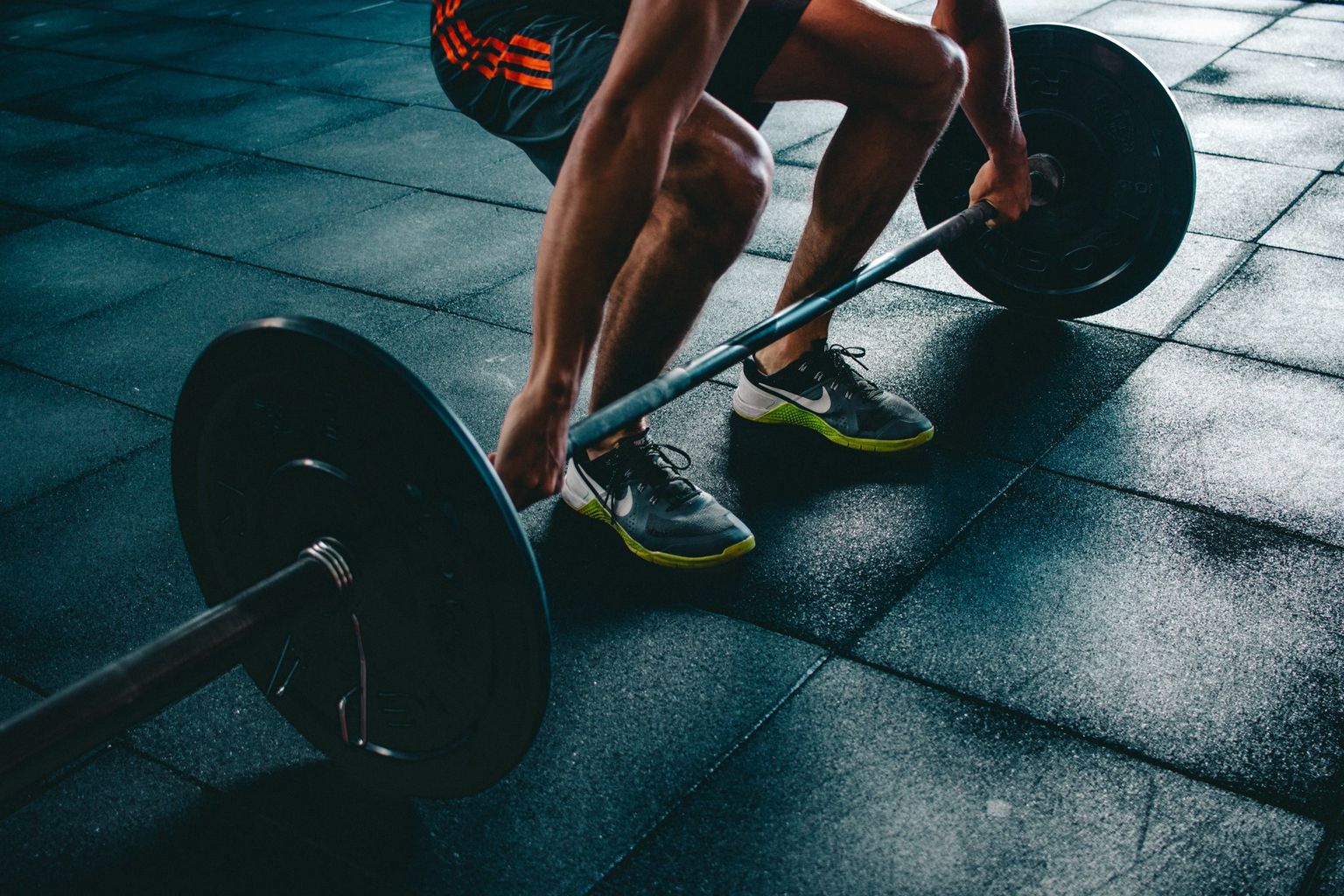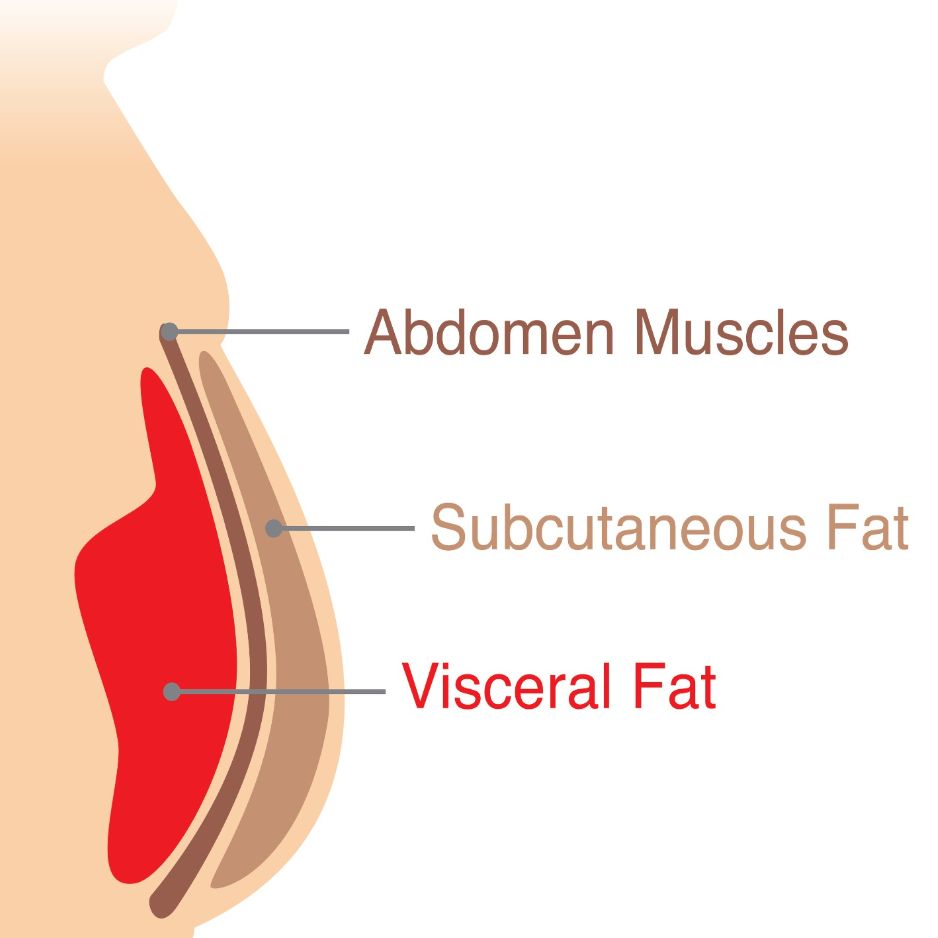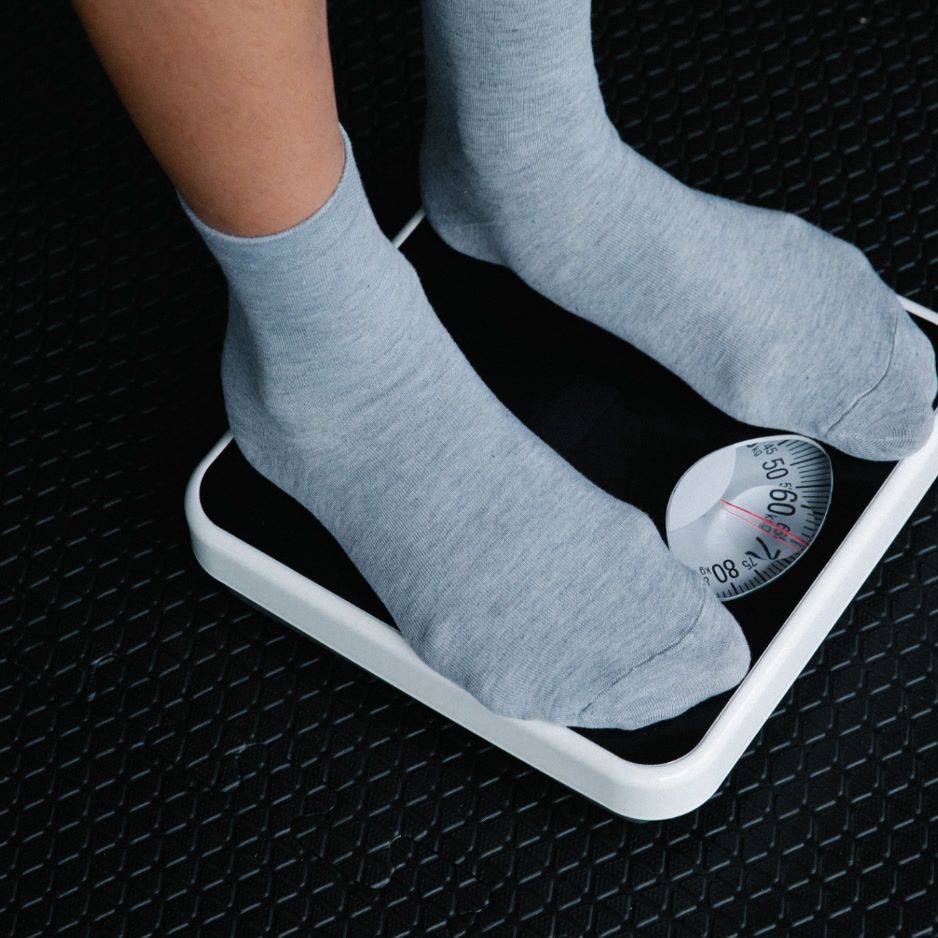10 Science-Backed Foods That Increase Testosterone
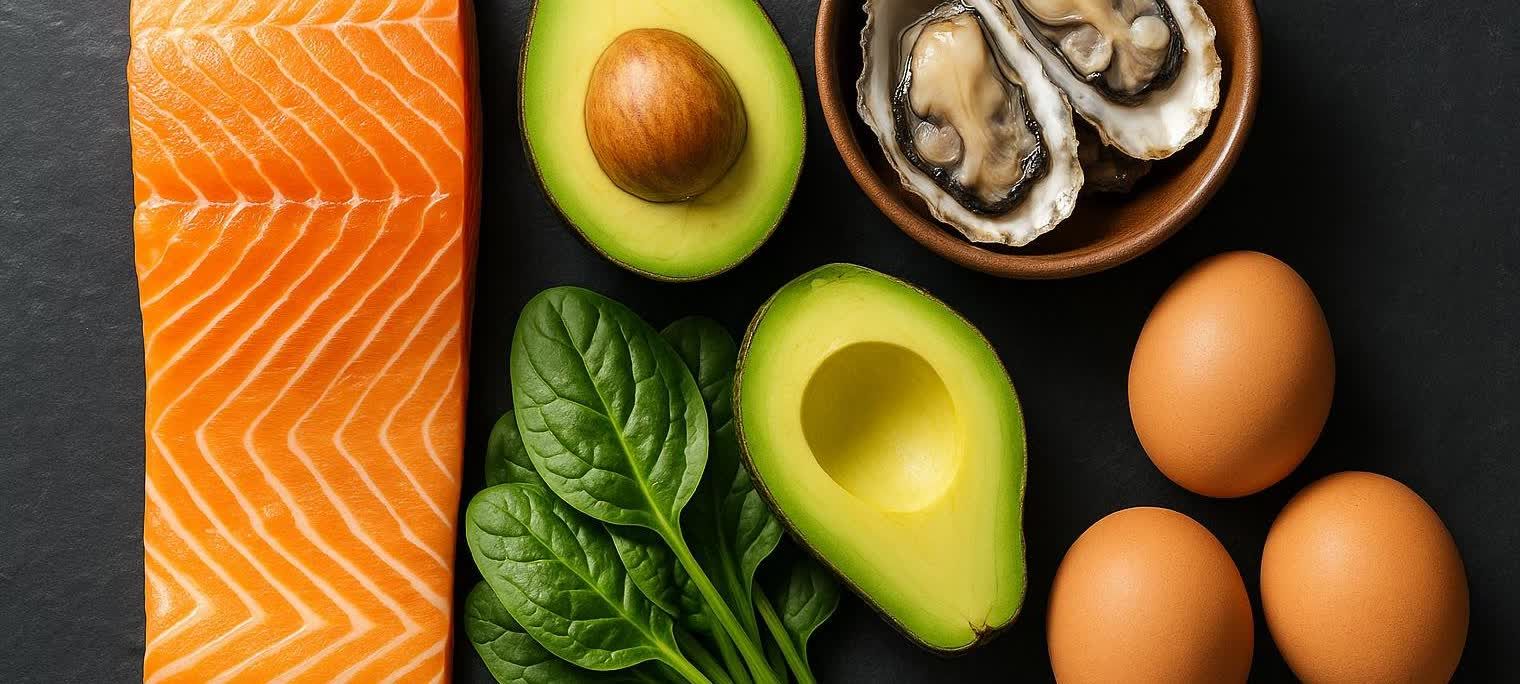
10 Foods That Increase Testosterone (Science-Backed)
Testosterone regulates muscle mass, bone density, mood, and libido in both men and women. Although levels naturally decline with age, diet is a powerful lever for maintaining healthy production. Below are 10 foods—each backed by peer-reviewed science—that supply key nutrients like zinc, magnesium, vitamin D, and boron to help keep your testosterone in an optimal range.
The Key Nutrients for Healthy Testosterone
- Zinc is a cornerstone mineral for testosterone synthesis and overall sperm health.
- Magnesium helps raise free and total testosterone levels, particularly when paired with regular exercise.
- Vitamin D—often called the sunshine vitamin—supports balanced androgen production across the lifespan.
- Boron is a trace mineral that may elevate bioavailable (free) testosterone in the bloodstream.
Top 10 Testosterone-Boosting Foods
1. Oysters and Other Shellfish
Oysters deliver more zinc per bite than almost any other food. A 2018 review in the Journal of Reproduction & Infertility concluded that adequate zinc is essential for male fertility and androgen production. Just three or four medium oysters can exceed the adult daily zinc requirement; clams and mussels are also effective sources.
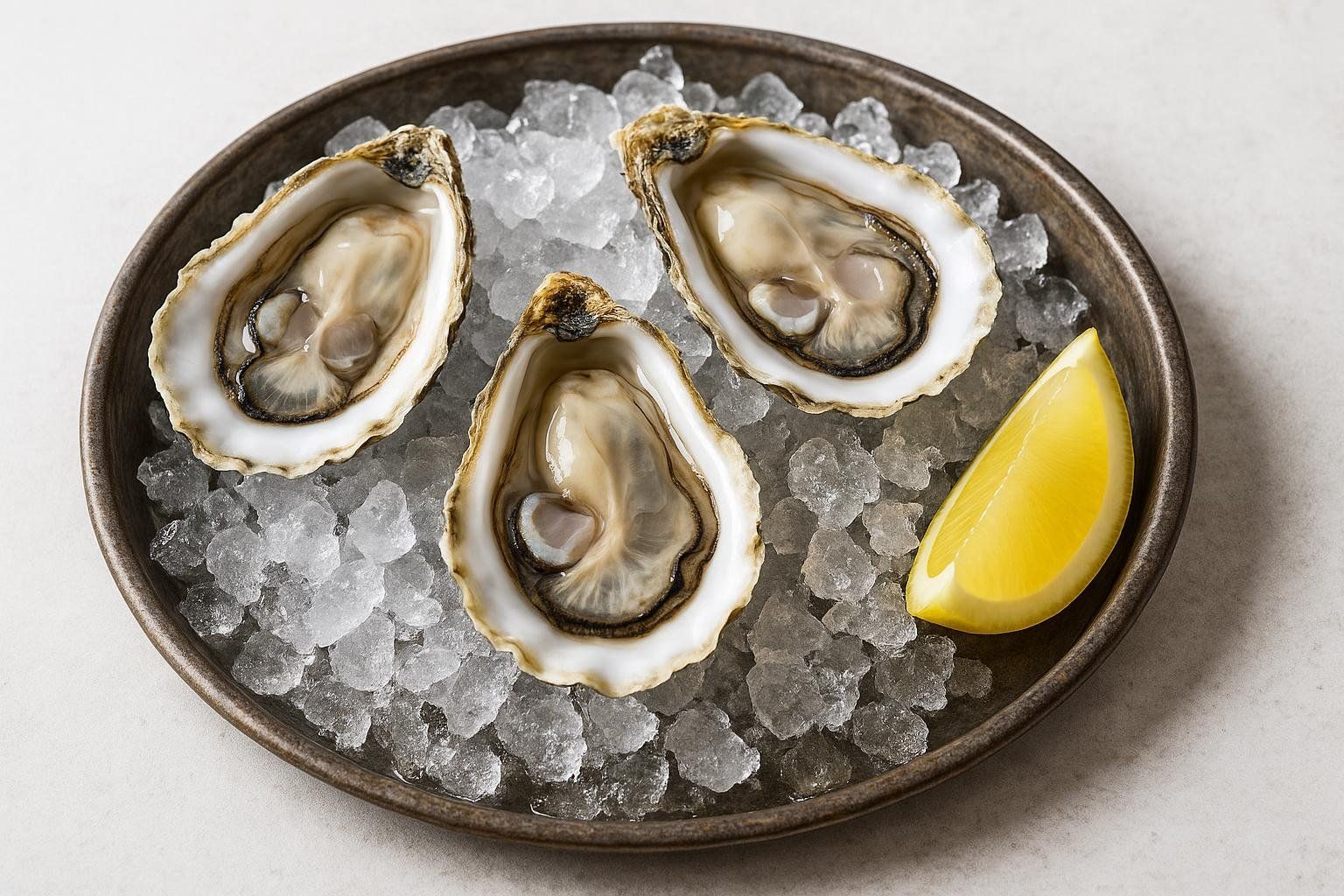
2. Fatty Fish (Salmon, Tuna, Mackerel)
These cold-water fish provide omega-3 fats, protein, and vitamin D. Omega-3s help maintain healthy cell membranes and reduce systemic inflammation, which together support efficient hormone signaling. Observational studies also link higher vitamin D status with healthier testosterone profiles, and fatty fish are among the richest edible sources of this nutrient.
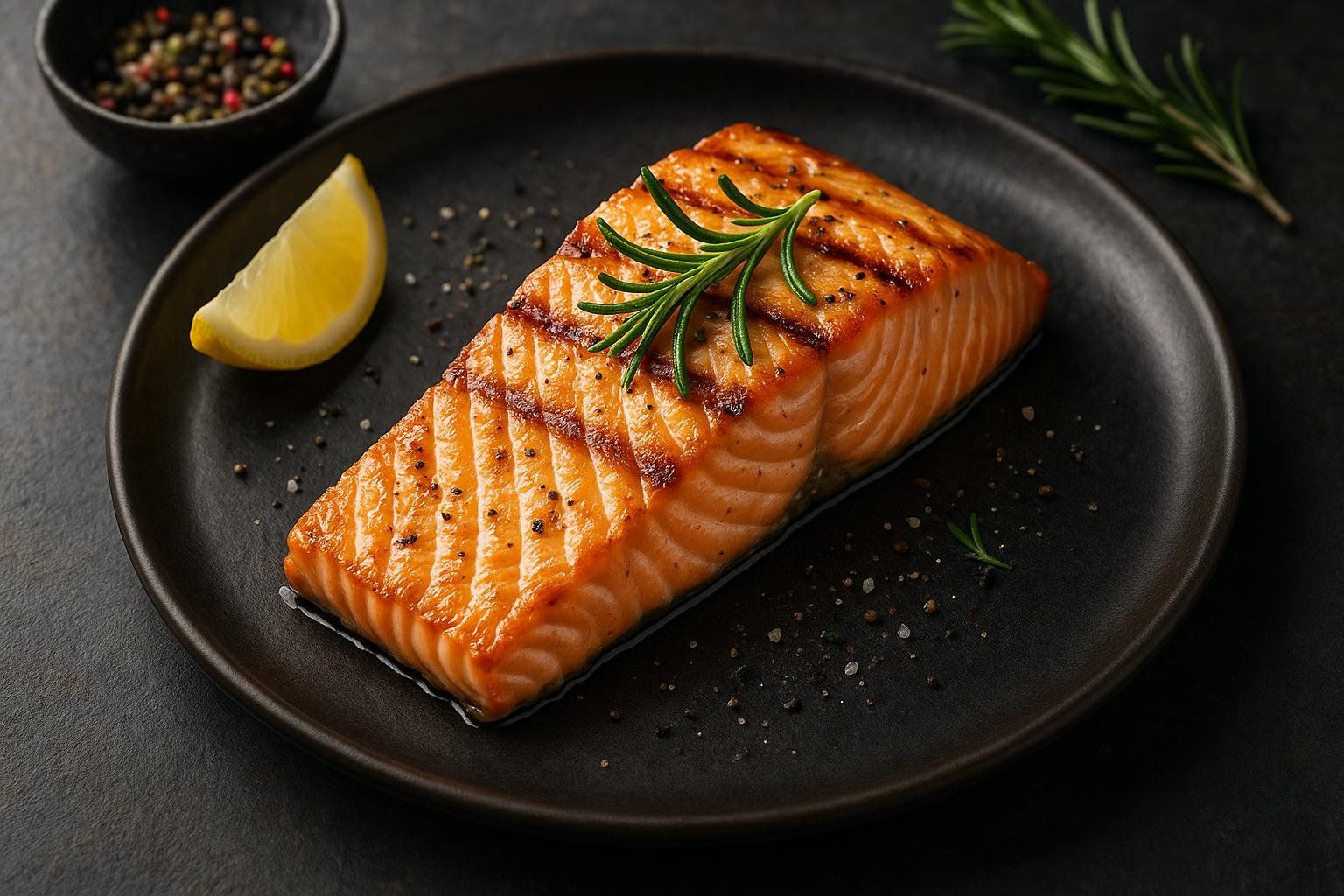
3. Eggs (Keep the Yolk)
Egg yolks supply vitamin D, protein, and dietary cholesterol. Contrary to outdated beliefs, the cholesterol in eggs serves as a building block for steroid hormones—including testosterone—without raising heart-disease risk for most healthy adults.
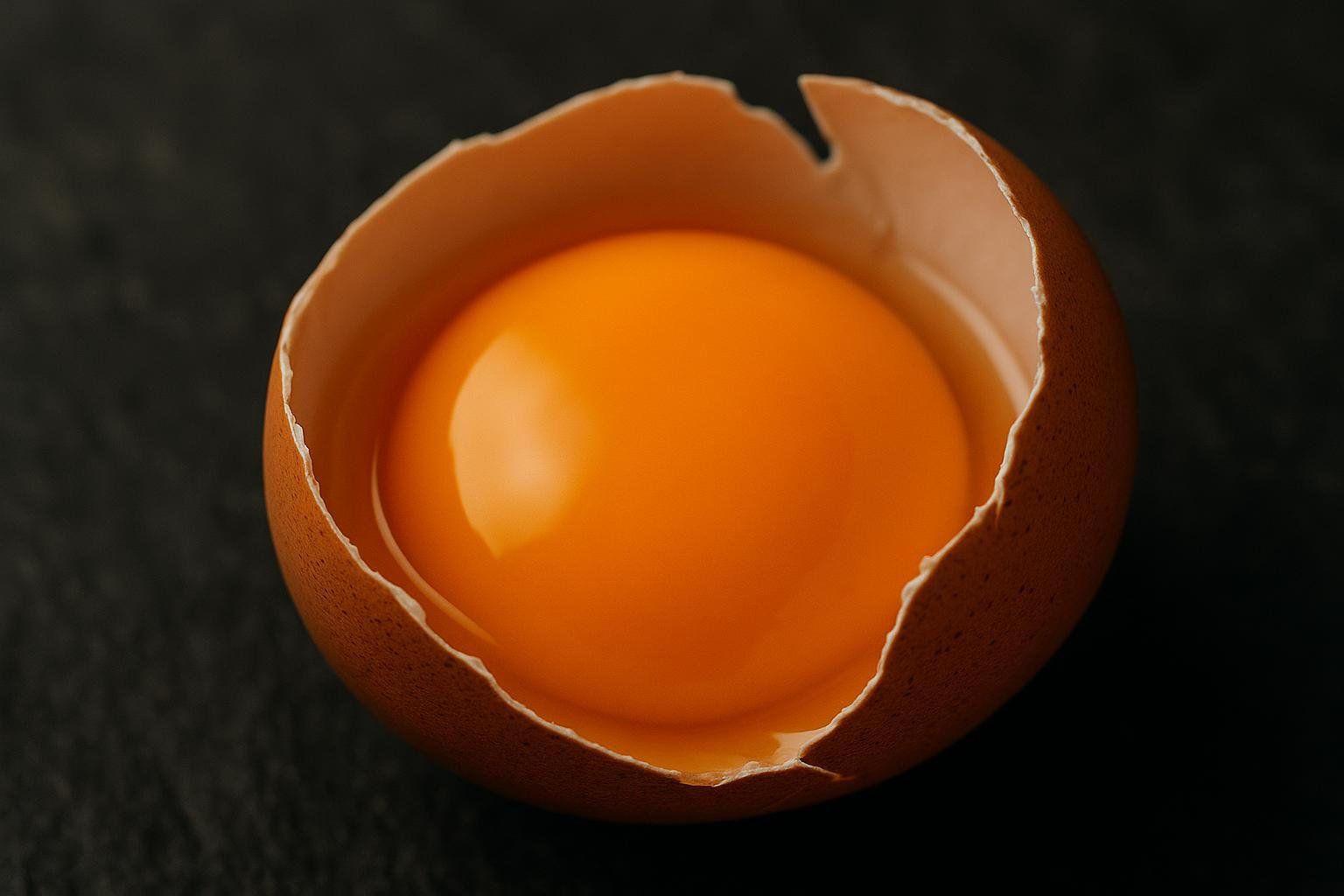
4. Leafy Green Vegetables
Spinach, kale, and Swiss chard are packed with magnesium. In a 2011 study in Biological Trace Element Research four weeks of magnesium supplementation increased both free and total testosterone in athletes and sedentary men. Magnesium also helps quell oxidative stress in hormone-producing cells.

5. Avocados
Avocados provide monounsaturated fats (critical for hormone synthesis), magnesium, and boron. Emerging evidence suggests boron supports androgen metabolism and may raise free testosterone levels.
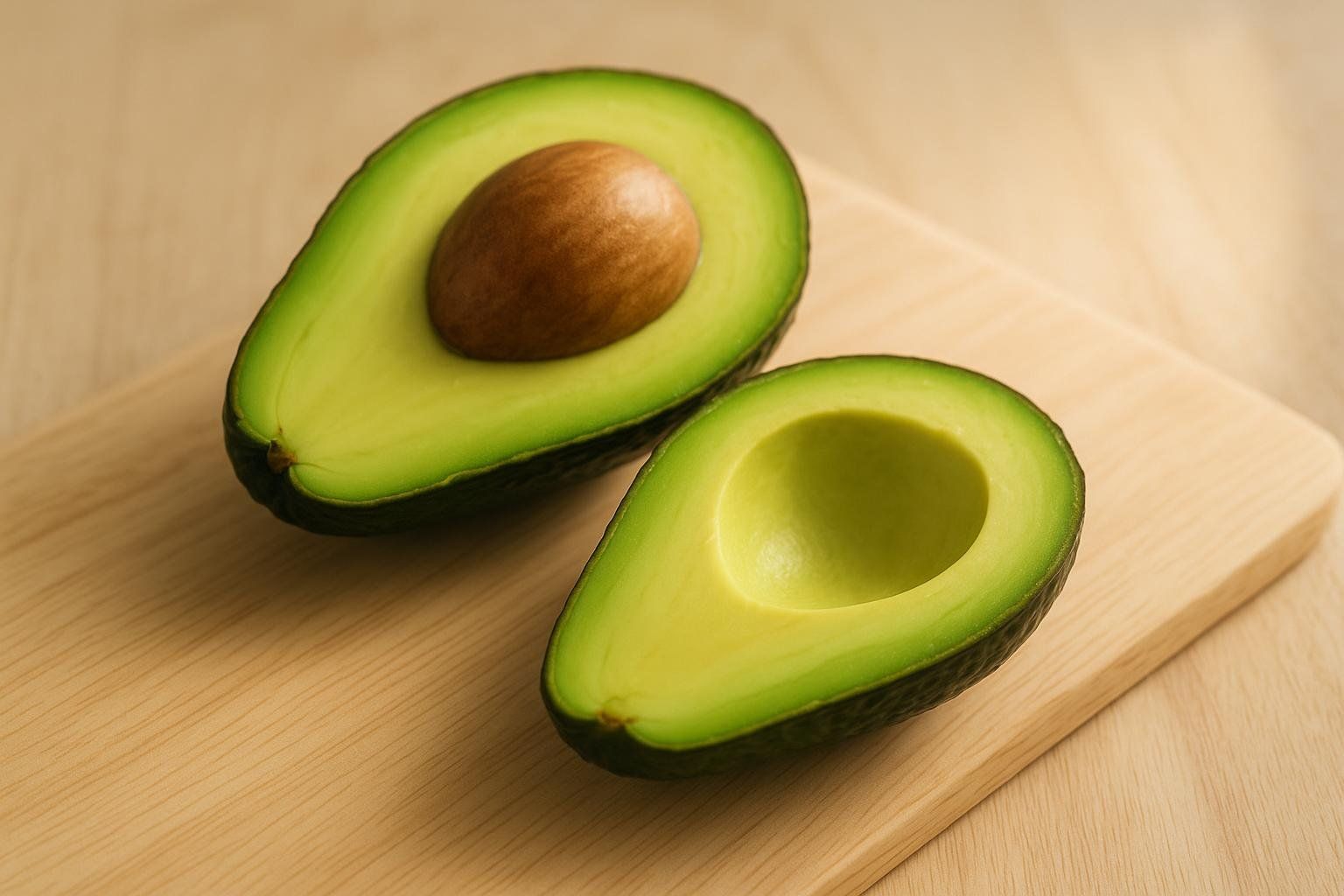
6. Pomegranates
A small pilot study from Queen Margaret University suggested a potential link between daily pomegranate-juice intake and testosterone: adults who drank it for two weeks saw salivary levels rise by roughly 24 percent. Because the sample was small and the intervention short, larger human trials are needed before drawing firm conclusions.
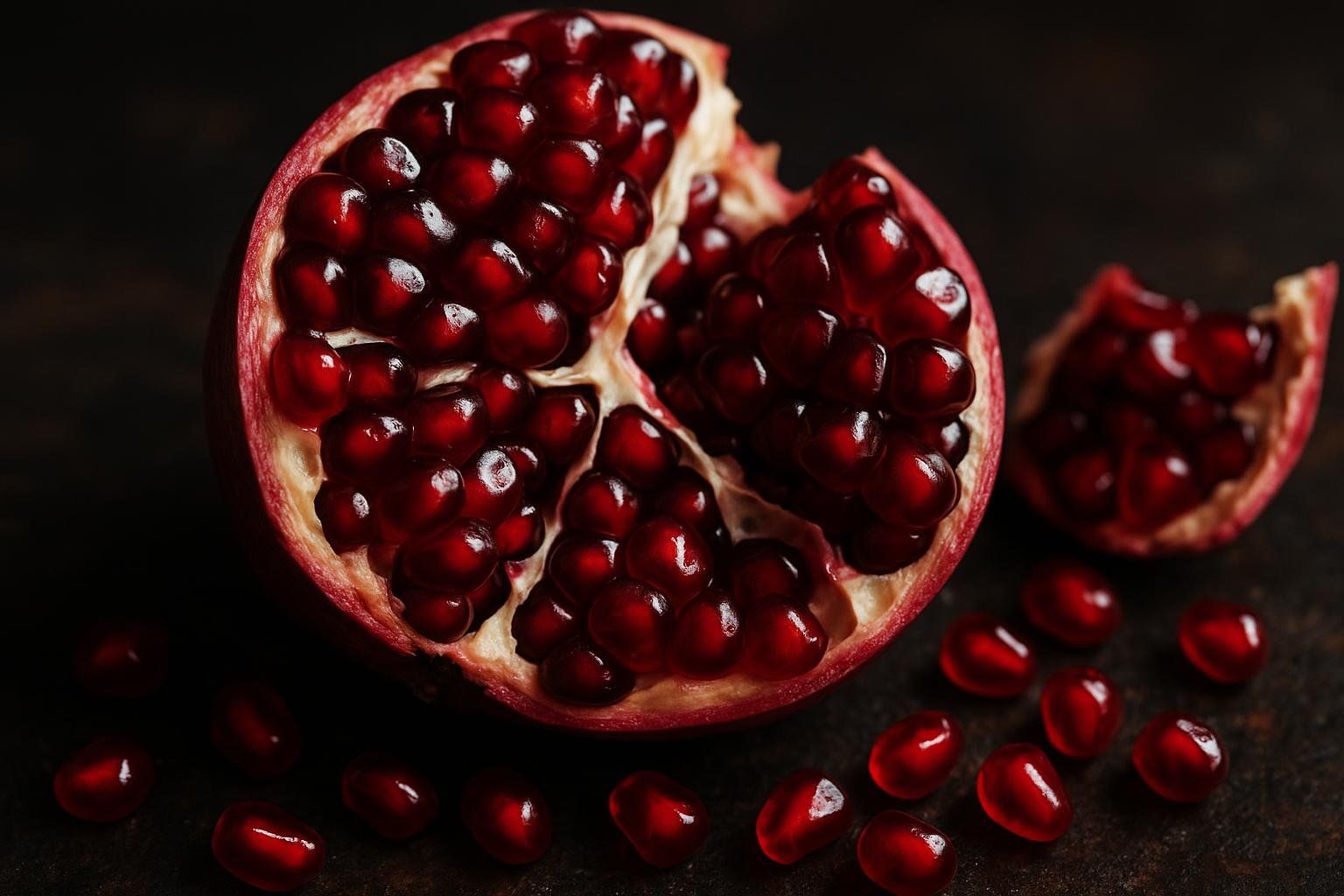
7. Fortified Dairy or Plant Milks
Many cow's milk and plant-based milks are fortified with vitamin D. Check the label to ensure you’re getting at least 15 percent of the Daily Value per cup.
8. Onions & Garlic
Animal research suggests that sulfur-rich compounds like allicin may stimulate luteinizing hormone, which in turn signals the body’s gonads to produce more testosterone. A 2019 review of onion studies highlights multiple rodent experiments showing this effect, but human trials are still lacking—so the benefit remains unconfirmed in humans.
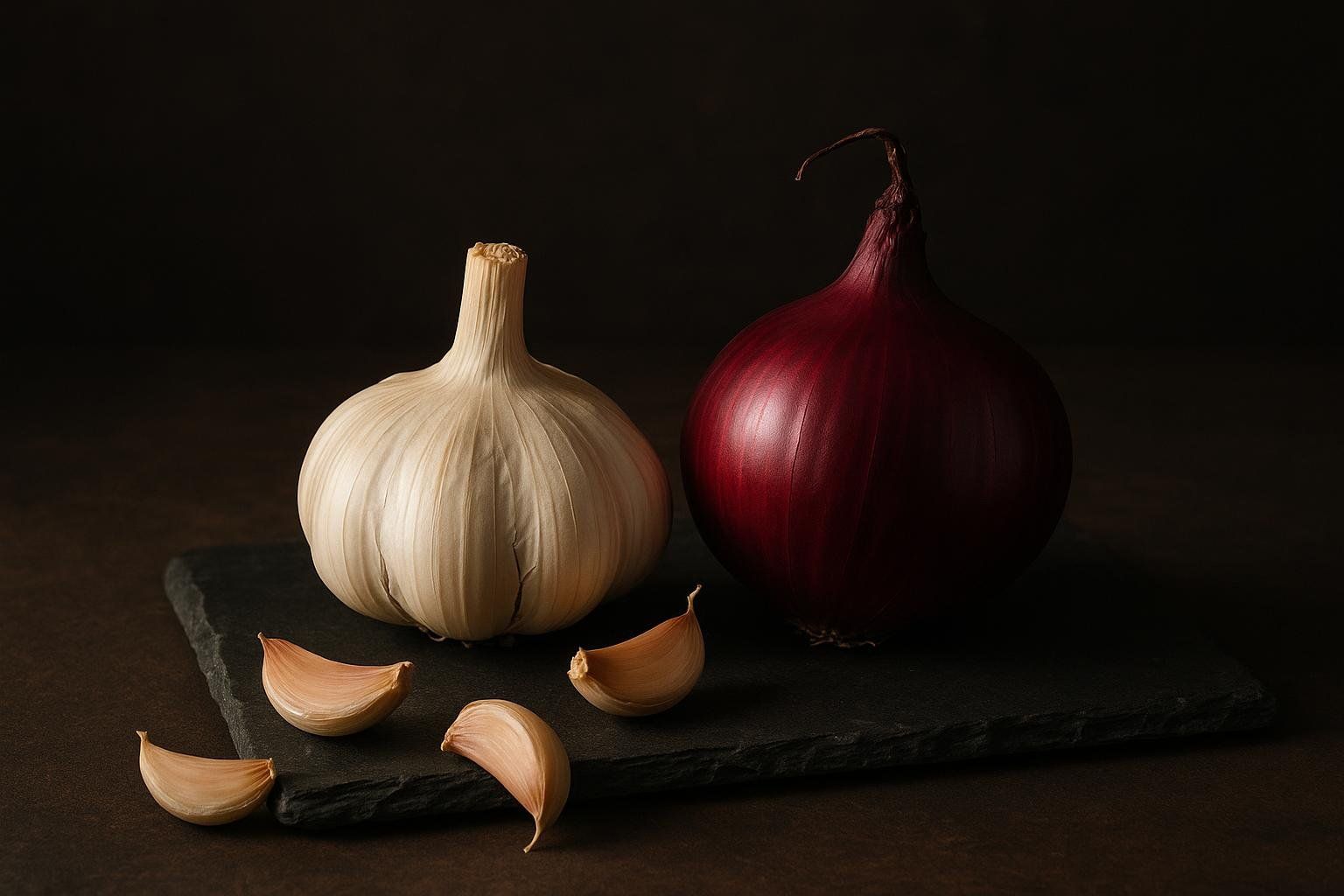
9. Ginger
Ginger’s antioxidants may protect reproductive tissues and enhance nitric-oxide-mediated blood flow. A systematic review notes human trials where ginger supplementation improved testosterone and semen quality in men with fertility challenges; whether the same holds true for healthy individuals requires further research.
10. Prunes & Raisins
Prunes and raisins are excellent dietary sources of boron, delivering roughly 2–3 mg per 100 g. A 2011 human study used a much higher supplemental dose—10 mg of boron per day—and observed an increase in free testosterone. Typical food portions provide lower amounts, so more research is needed to confirm whether dietary boron alone can replicate these effects.
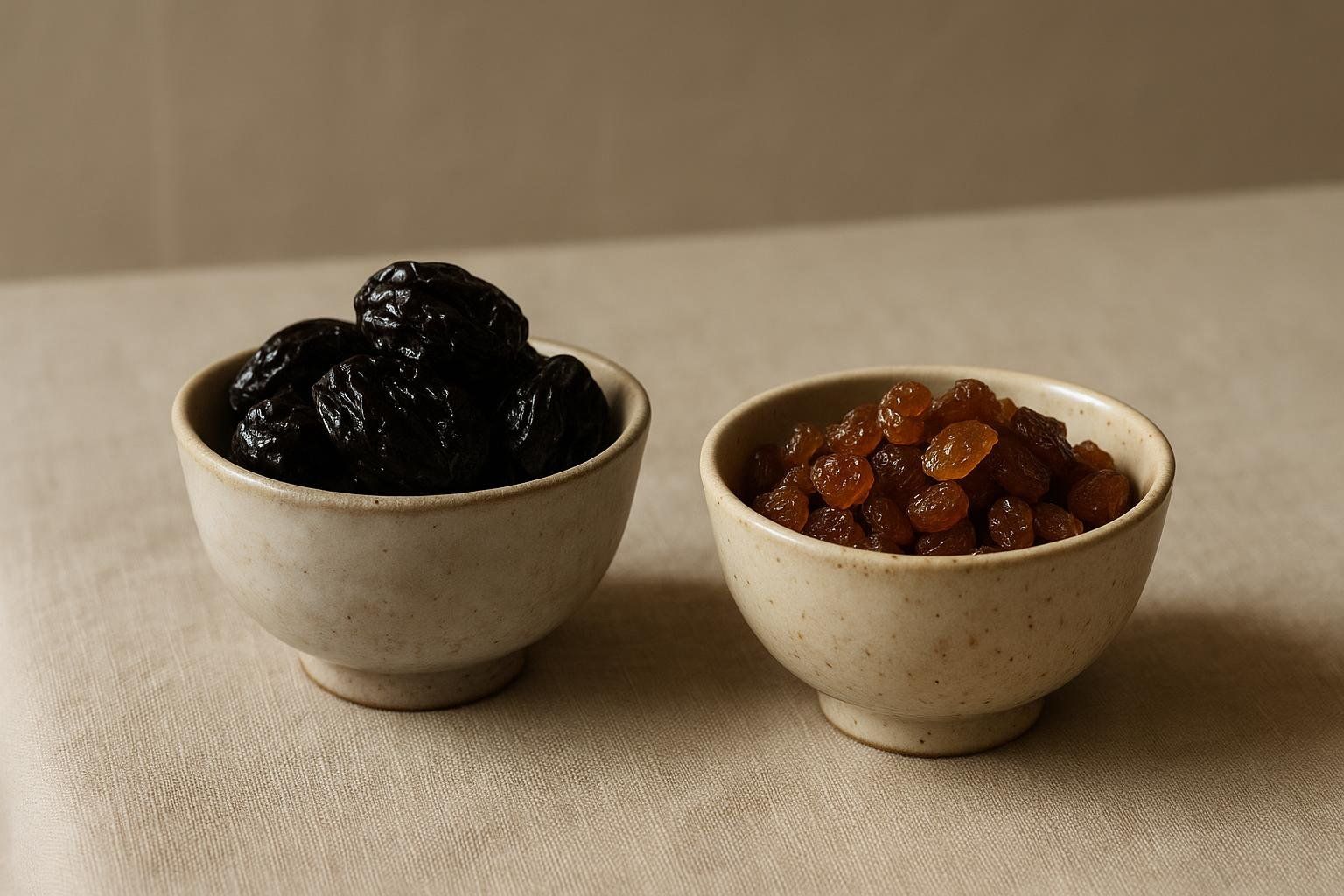
Foods and Habits That May Suppress Testosterone
- Ultra-processed snacks & trans fats – linked to lower total testosterone.
- Excess alcohol – chronic heavy intake disrupts the hypothalamic-pituitary-gonadal axis.
- BPA-lined plastics – endocrine-disrupting chemicals that may lower free testosterone.
Key Takeaways
Prioritize zinc-rich shellfish; vitamin D sources like fatty fish, fortified milks, and eggs; magnesium-dense greens; and boron-containing produce to build a testosterone-supportive menu. Combine these nutrient-dense foods with strength training, restorative sleep, and stress-reduction tactics for the greatest hormonal payoff.
How to Track Your Progress
Want objective feedback on how your new routine is working? Periodic DEXA scans provide precise data on muscle mass, body-fat distribution, and bone density—key metrics influenced by testosterone—so you can see tangible results as you fine-tune your lifestyle.
